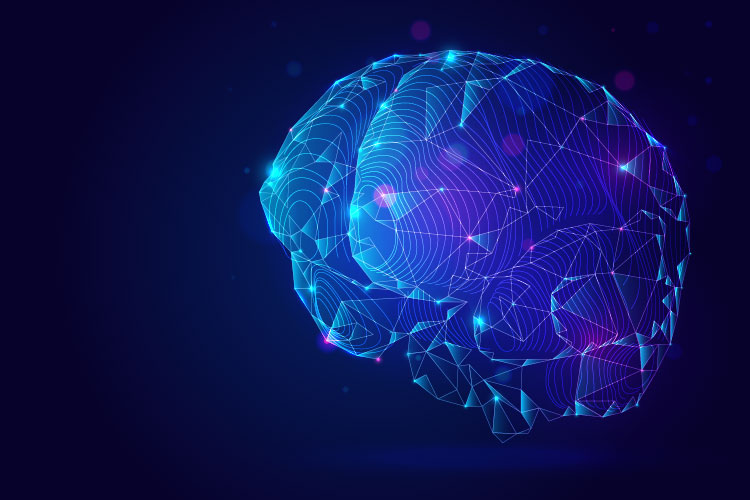

Emotional Intelligence (EQ) is not commonly discussed, yet it affects every facet of our lives.
By definition, it means being able to identify and understand your own emotions, understand and empathize with another person’s feelings, and respond to emotions with appropriate behaviors in a cooperative, functional, and empathetic manner. Emotional intelligence impacts emotional regulation and social relationships

It also improves the lives of older children or even adult children.

Developmentally speaking, kids are incapable of handling their emotions. Children work more from the reptilian hindbrain and limbic (emotional) brain initially. They feel their feelings and react without much thought for consequences. As they grow and develop, their neocortex (rational/thinking brain) develops, giving them more control over how to handle their emotions.
Emotion coaching helps you develop that neocortex more efficiently and effectively so your child can handle their emotions better. You will also be role modeling effective emotion management — a powerful teaching tool.
Our brains are hardwired to recognize 7 different emotions. Recognizing emotions in your child is the foundation skill of emotional intelligence and emotion coaching parenting, so get familiar with them now!
Learn more about how you can adjust your technique to be the best parent you can be.






